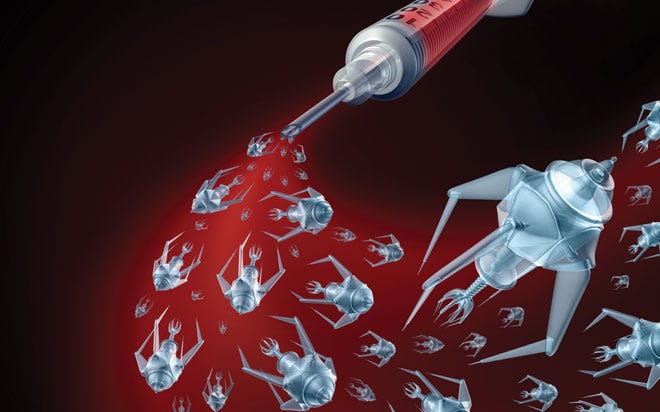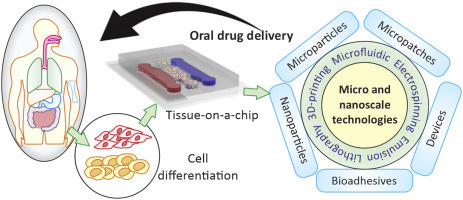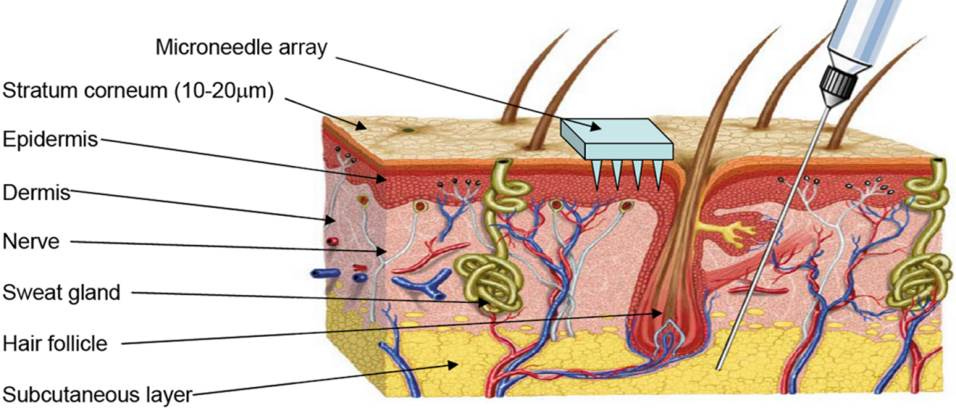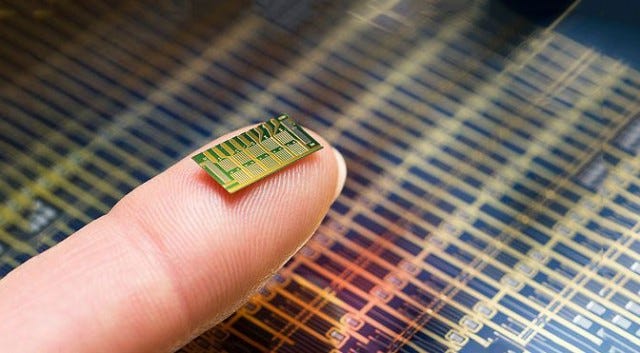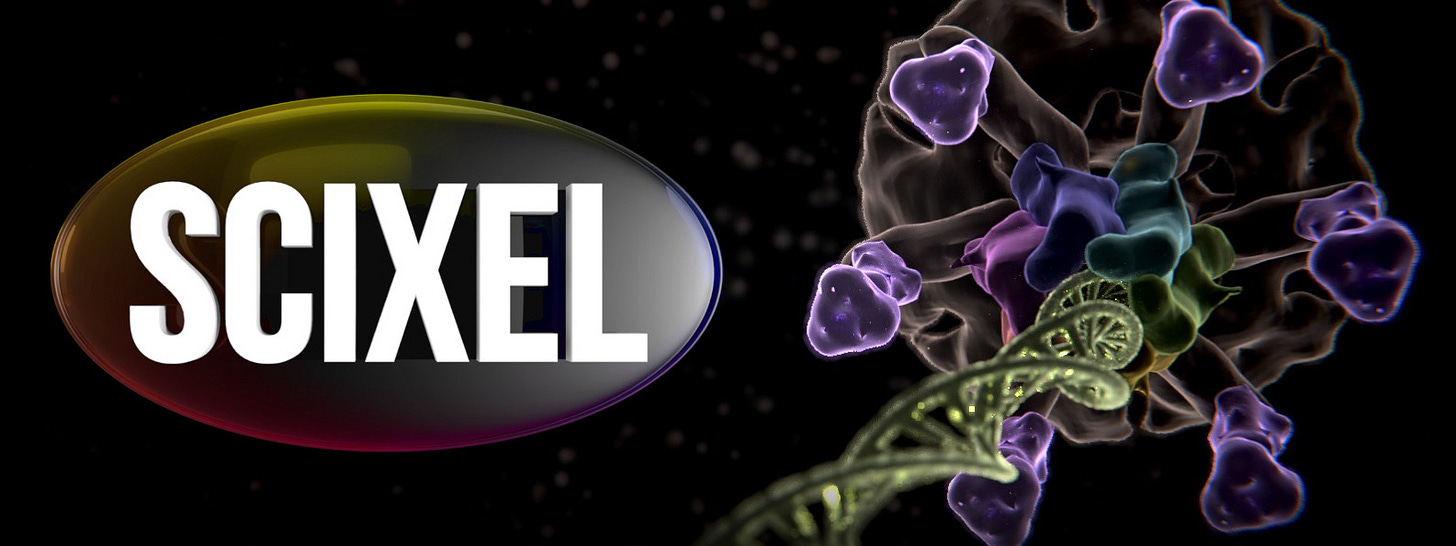Image Courtesy: Hall Bar structure on 3D Dirac semimetal Cd3As2; Enze Zhang, Fudan University, China
Micro- and nanofabrication techniques have enabled the scientific and medical community to expand the applications of already-existing devices through miniaturization, and to create completely new devices with use of the increased control of size, morphology, topology, and functionality offered by these techniques. These novel micro- and nanodevices have been able to contribute immensely to the fields of cell biology, molecular biotechnology, and medicine. It is now possible to study the interactions of biomaterials with biological systems at the cellular and molecular scale, and to design new synthetic systems that are able to alter physiological responses by capitalizing on these findings
Video Courtesy: Samuel Sanchez (IBEC, Spain)
Drug delivery devices
Micro- and nanofabrication techniques offer a range of possibilities for the preparation of peptide, protein, drug, or gene delivery devices. The ability to control the size, architecture, topography, and functionality of drug delivery vehicles could result in the fabrication of systems that behave in highly predictable manner both in vitro and in vivo, thus surpassing the capabilities of current drug delivery systems.
Injectable micro- and nanodevices
The fabrication of injectable self-assembled micro reservoirs for controlled drug delivery was recently reported. The design of these micro reservoirs consists of metallic cylindrical containers within which the drug was loaded. The metallic cylinders, made of biocompatible metals such as titanium or gold, were capped with degradable or non-degradable temperature sensitive polymeric membranes on both ends. These membranes could either degrade or become more permeable at high temperatures.
Gene delivery with micro and nano-machined devices
Image Courtesy: Ali Khademhosseini (Department of Bioengineering, University of California-Los Angeles, Los Angeles, CA 90095, USA)
A number of micro and nanodevices have been used for the delivery of genes to target cells. One such system utilizes “micromechanical piercing” or microprobe elements to deliver genes coated onto their surface through cell penetration. Microprobes of 80 microns in height and with a sharp point of less than 200 nm in diameter were reported. Successful expression of genes delivered with microprobes was demonstrated in plant, animal, and mammalian cells. This system as described is only practical as a research tool for the transfection of cell monolayers; however, application of the concept for in vivo therapeutic purposes is being investigated.
Stents for drug delivery
Imagen Courtesy: MiStent (Micell Technologies)
Reed and colleagues developed microfabricated intravascular stents for the treatment of restenosis. The design is targeted at increasing the efficacy of pharmaceutical prevention of restenosis in comparison to local administration regimes that are unable to cross the internal elastic lamina and compressed plaque that are present in pathological vessels. These stents incorporate microprobes, which upon catheter-based localized deployment are able to perforate compressed plaque and internal elastic lamina, and deliver anti-restenosis agents or therapeutic genes, which are previously coated onto the microprobe surfaces, directly into coronary tissue
Microneedles for transdermal drug delivery
Imagen Courtesy: Structure of human skin – although microneedle arrays penetrate the outermost layer, they do not stimulate the nerve endings beneath. Conor O'Mahony (MNS (Circuits and Systems), UK)
Microneedles have been developed for transdermal administration of proteins, drugs or genes with therapeutic purposes. Transdermal administration of active agents offers advantages when compared to intravenous or oral delivery routes. Intravenous administration is associated with low patient compliance because of pain caused by the injection. Oral drug delivery, on the other hand, is hindered by the degradation of the active agent in the gastro-intestinal track, low bioavailability because of the difficulties associated with intestinal absorption, and the sequestration of much of the drug upon absorption by the liver because of the first pass effect.
Implantable microfabricated drug delivery chips
Implantable microchips have been developed for on-demand pulsatile release of a number of different drugs in varied doses by the Langer group. The design consists of the microfabrication of reservoirs within silicon substrates in which the drug is immobilized in either liquid or solid form. These reservoirs are covered by a membrane of a material that can dissolve upon exposure to an electrochemical stimulus, such as gold. The microchip contains a cathode made of silicon nitride or silicon dioxide. An electrical potential can be established between this cathode and one of the reservoir membranes which act as anodes. This potential triggers dissolution of the membrane, and results in the pulsatile release of the drug.
Microfabricated bio- and muco-adhesive systems
Various alternative techniques have been investigated for improved oral delivery of drugs and biomolecules which currently offers only limited bioavailability as a result of the properties of the gastro intestinal track: low stomach pH and presence of proteases that degrade active agents, and poor intestinal absorption of macromolecules. Bio- and muco-adhesive systems offer the possibility to increase the residence time of drugs or drug carriers at the site of absorption, thus increasing the possibility that these drugs are able to enter the systemic circulation and exert a therapeutic effect. Micro- and nanofabrication offer the opportunity to design and produce oral drug delivery systems with high degree of functionality for bioadhesive purposes.
Micro and nanofabricated biosensors
Imagen Courtesy: Arben Merkoçi (ICN2, Spain)
Sensors consist of devices that detect and/or measure a specific compound or condition in their environment, and generate a corresponding output through the action of a transducer. Depending on the design, micro- and nanosensors are able to identify changes in pressure, temperature, ionic strength, or concentration or a target molecule, just like their macro-metric counterparts.
Microcantilevers have been shown in the past to work as very sensitive transducers for sensing applications. Their function is based on the generation of surface stresses, and a subsequent bending of the cantilever in response to changes in environmental conditions, or upon binding of a target molecule.
Don't hesitate to subscribe if you haven't already done so.
Regards and take care.
Born in 2012, Scixel is a project devoted to the improvement of the scientific comunication through the creation of graphical products: pictures, animations, graphs, posters, etc. Scixel consists of scientists with a deep knowledge in digital graphics but also with a long experience in giving talks, preparing posters and papers and other daily situations of scientific work.
We have focused our work into universities and research institutes all over the world: TuDelft (The Netherlands), NIMS (Japan), Basel University (Switzerland), Universidad Autónoma de Madrid, CNB or ICFO (Spain), to name a few.
Web: https://scixel.es/
If you are a company or an individual who would like to place your advertising in my newsletter you can contact me (email) and let me know your request of type of ad and number of newsletters you would like to place it. I will send you a budget as soon as possible.






